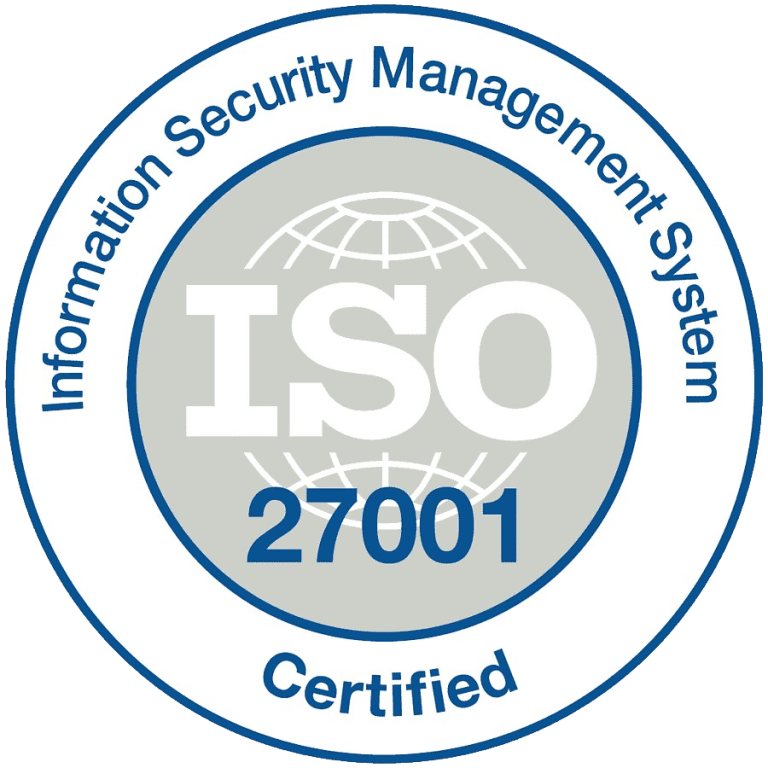Have you ever given thought to the inner workings of email marketing? Email marketing remains a critical and irreplaceable asset within digital marketing. It establishes a pathway for direct interaction between businesses and their target audiences, fostering connections, showcasing products or services, and ultimately driving sales. Yet, what are the basics of this email marketing’s effectiveness?
This article will explore the basics of email marketing, its types, benefits, and how it works. We will also share a few email marketing tools and highlight the best practices for successful campaigns.
What is email marketing?
Email marketing is a component of digital marketing where businesses dispatch customized emails to a fixed audience. This audience comprises both existing customers and potential clients. The email range includes various communications, such as convincing promotional deals, general business updates, personalized advertisements, informative newsletters, reminders for uncompleted purchases, and emails confirming transactions.
This strategy is a direct approach for companies to converse with their audience, encompassing prospects, active leads, and loyal customers. Email marketing includes distributing commercial messages to a collective audience via email. This broad definition encapsulates any email dispatched to a customer, whether potential or current, under the umbrella of email marketing. The practice is multifaceted, extending to disseminating advertisements, business solicitations, sales inducements, and charitable appeals.
Types of Email Campaigns
There are different types of email that businesses can send, each serving a different purpose:
- Newsletters: These comprehensive breakdowns provide subscribers with insights, updates, and stories about your business or industry, with a sense of community and ongoing engagement.
- Lead nurturing emails are strategically crafted communications designed to initiate with potential customers by providing valuable content, building trust, and guiding them through the sales funnel toward purchasing.
- Promotional emails are crafted to highlight special deals, launch new products, or offer exclusive previews, enticing subscribers to purchase or learn more about what’s new.
- Survey emails: Survey emails are a method of gathering customer feedback and insights. They send a questionnaire directly to the recipient’s inbox, often including a link to a survey platform.
- Transactional Emails: Essential for confirming orders, shipping updates, and receipts, these emails reinforce the customer’s decision to engage with your business and provide essential transaction details.
- Product update emails inform customers about new features, improvements, or changes to a product or service, vital to maintaining engagement and trust in the brand.
- Re-engagement emails: To recapture the attention of subscribers who last interacted with your brand, these emails often include special offers or updates to spark renewed interest.
- Welcome emails are the first step in a new subscriber’s journey. They introduce your brand’s values, set expectations, and often include a warm welcome offer or content to start the relationship.
How does email marketing work?
Email marketing operates as a strategic communication process that engages a targeted audience through carefully curated electronic mail. Here’s an in-depth look at how it functions:
- Cultivating your subscriber base: The cornerstone of any email marketing strategy is the subscriber list of individuals who have willingly chosen to receive communications from your brand. Establishing a list based on explicit consent is essential for building trust and regulation compliance. This can be accomplished through various methods, including online registration forms, social media campaigns, or physical sign-ups at events or retail locations.
- Setting campaign objectives: Once you have gathered your audience, it’s critical to identify clear objectives. Objectives can range from lead generation and product promotion to customer engagement and retention. These goals will guide the customization of your email messages and provide benchmarks for measuring the campaign’s effectiveness.
- Selecting an email marketing service: Many offer tools to create, dispatch, and monitor your email initiatives. These services typically include functionalities for managing subscriber lists, utilizing pre-designed email layouts, and accessing detailed analytics to gauge campaign performance.
- Designing compelling email content: The substance of your emails is paramount. Messages should be direct, concise, and offer value to the recipients. Personalizing content by segmenting your audience and tailoring messages to align with their preferences can significantly enhance engagement. A compelling call to action (CTA) is also vital, guiding subscribers towards the desired action.
- Dispatching and monitoring emails: After crafting your email, schedule it for delivery and launch your campaign. Email marketing platforms generally provide comprehensive analytics, allowing you to track open and click-through metrics. By analyzing this data, you can gain insights into your audience’s preferences and refine your future email marketing efforts for better results. Continual analysis and adaptation are key to maintaining a successful email marketing strategy.
The benefits of email marketing
Here are the benefits of email marketing listed explained:
- Increase website traffic: Email campaigns can drive recipients to visit your website. By including relevant links and calls to action, you can encourage subscribers to learn and know more about your products or services, resulting in higher web traffic.
- Boost sales: Targeted email campaigns can promote specific products or services, special offers, and discounts, leading to direct sales. Personalized emails can also increase conversion rates by addressing the recipient’s needs and interests.
- Brand awareness: Regular emails keep your brand top-of-mind for consumers. You can build a strong brand identity and recognition by consistently providing valuable content.
- Customer relationships: Emails offer a direct channel for communicating with your customers. You can foster stronger relationships and customer loyalty by sharing updates, helpful information, and personalized messages.
- Cost-effective: Compared to other marketing channels, emails are relatively cost-effective. They offer a high return on investment (ROI), as you can reach many people cheaply.
- Audience communication: Email allows for two-way communication with your audience. Subscribers can reply to your emails, providing valuable feedback and engagement opportunities.
- Automation: Email marketing can send triggered responses based on customer actions, such as welcome emails, birthday wishes, or follow-up messages after a purchase. This saves time and ensures timely communication.
- Increasing leads: By using lead magnets like free ebooks, webinars, or discount codes, you can encourage individuals to subscribe to your email list, thus increasing your pool of potential customers.
Email marketing tools and software
Email marketing tools and software are essential for executing effective campaigns. They offer features that enable businesses to design, send, and track emails quickly. Key features include customizable templates, drag-and-drop editors, and list management capabilities, allowing segmentation and personalization. Automation is another critical component, allowing for scheduled sends and triggered emails based on user behavior.
Advanced platforms provide A/B testing tools to optimize subject lines, content, and send times. Analytics dashboards give insights into open rates, click-through rates, and conversions, helping marketers refine their strategies. Integrating CRM systems and social media ensures a unified approach across marketing channels. Email marketing tools such as Mailchimp, Constant Contact, and HubSpot are distinguished by their advantages. Mailchimp boasts an inbuilt design that simplifies user navigation. Constant Contact is acknowledged for its exceptional customer service, ensuring users receive the help they need. HubSpot stands out with its all-encompassing inbound marketing tools, providing a robust suite of features for a holistic marketing approach.
Each service caters to different needs, making them choices for businesses looking to optimize their email marketing efforts. Selecting the ideal email marketing solution is contingent on the scale of the business, financial constraints, and targeted marketing objectives. Nevertheless, each tool is designed to refine the email marketing workflow, enhancing its efficiency and efficacy in fostering customer engagement and increasing sales.
Conclusion
Email marketing is a resource of utmost importance for businesses and organizations as a vital link that strengthens a company’s connection with its audience and increases its revenue. By understanding the core basics of this marketing medium, one can design influential campaigns that can profoundly impact the audience, advancing you toward your marketing objectives.
However, enhancing your email marketing methods requires carefully evaluating your performance, creating compelling content, and developing a targeted email list. Ensuring every campaign is more effective than the last is needed as a continuous improvement process, making email marketing an essential part of your company’s growth plan.





